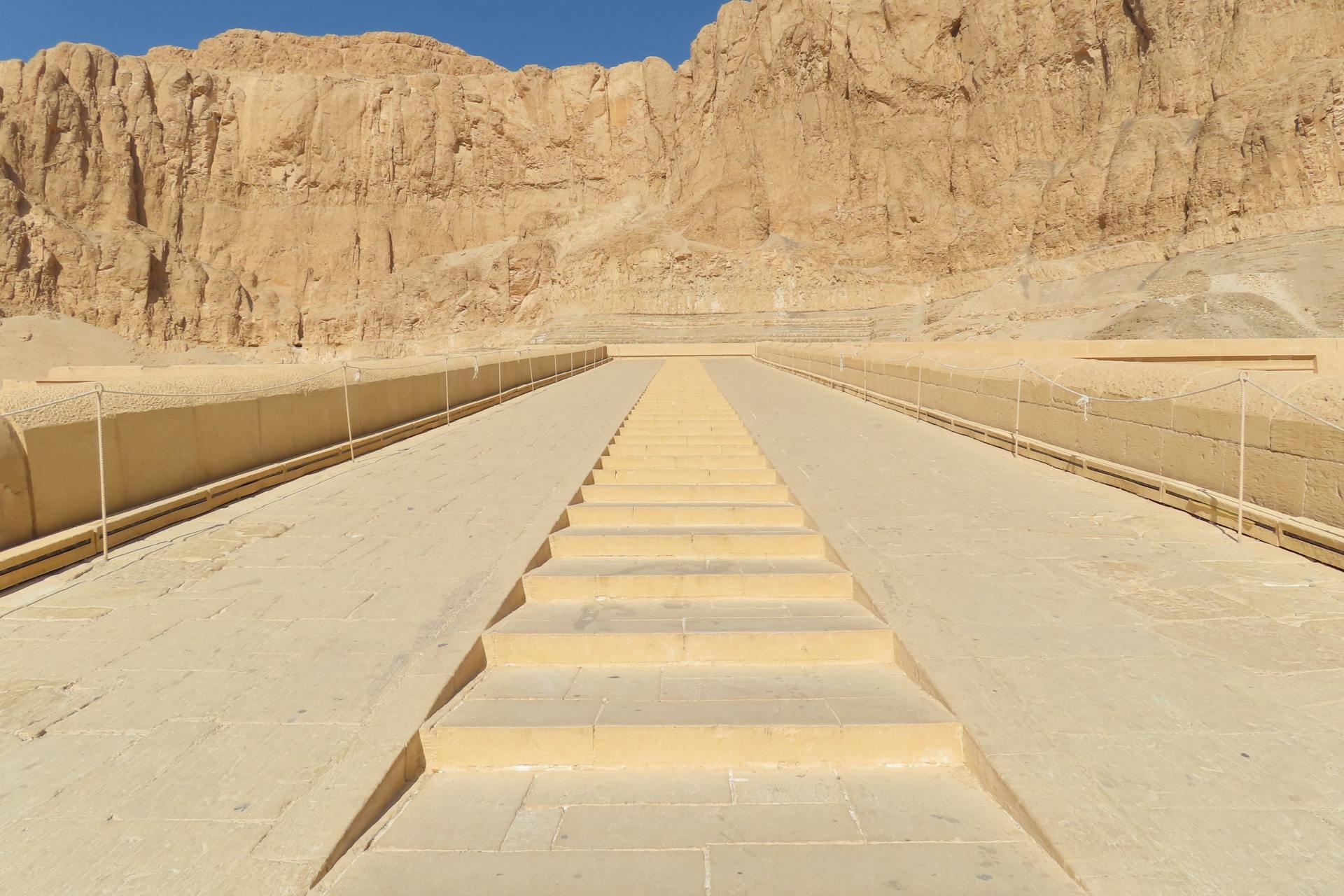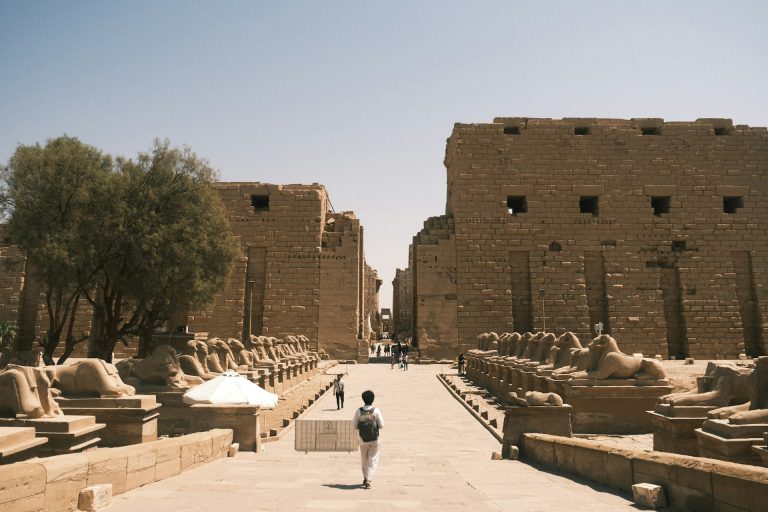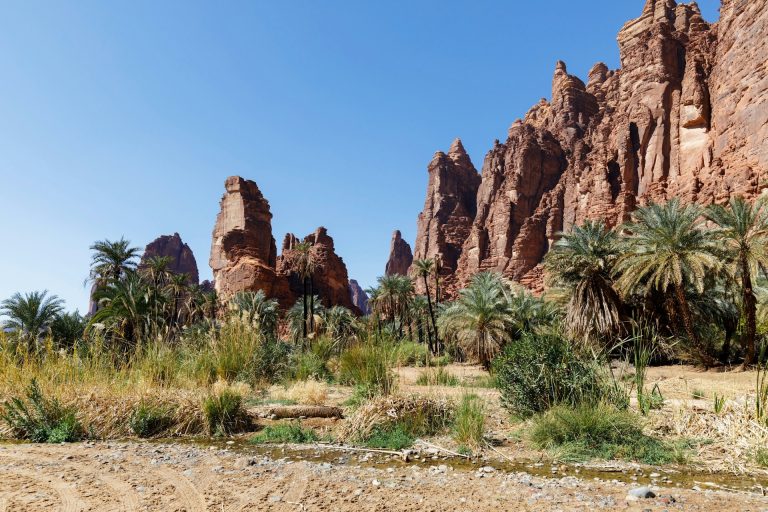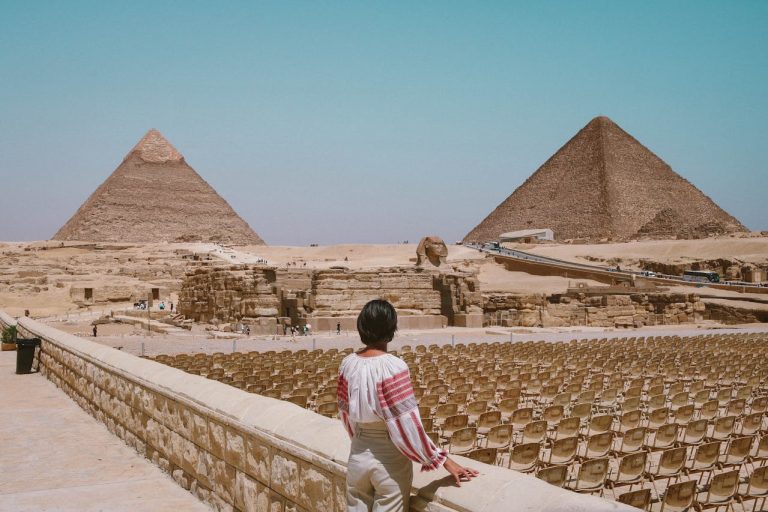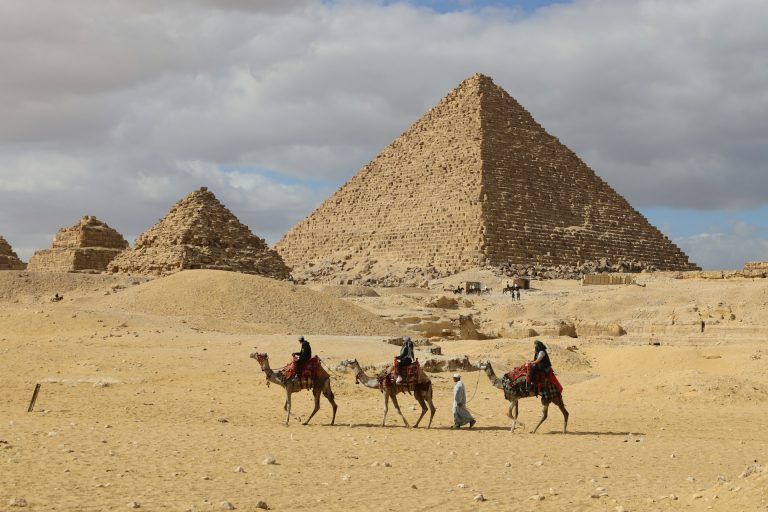Exploring Luxor’s Ancient Sites
Luxor is a treasure trove of ancient wonders, offering a glimpse into the glory of ancient Egypt. Known as the world’s greatest open-air museum, Luxor is home to some of Egypt’s most magnificent temples and tombs. A visit to this magical city allows you to step back in time and witness the marvels of a bygone era.
From the imposing temples of Karnak and Luxor to the mysterious tombs in the Valley of the Kings and Queens, Luxor has something to captivate every history enthusiast. Each site tells its own story of the pharaohs and the rich cultural heritage of ancient Egypt. The colossal statues, grand pillars, and intricate carvings are awe-inspiring and provide a deep understanding of ancient Egyptian beliefs and practices.
While the major attractions draw many visitors, Luxor also has hidden gems waiting to be explored. Lesser-known sites and quieter corners of the city offer equally fascinating insights and experiences. To make the most of your visit, it’s helpful to know the best times to explore these ancient sites and some handy tips to enhance your journey. With so much to see and do, Luxor promises an unforgettable adventure into the heart of ancient Egypt.
The Majestic Temples of Luxor
Luxor is home to some of the most spectacular temples in Egypt, each telling a unique story of the ancient civilisation. These temples are architectural marvels, showcasing the rich history and culture of the time.
First on your list should be the Karnak Temple Complex. Spread over 200 acres, Karnak is a vast open-air museum and the largest religious building ever constructed. Walking through the grand Hypostyle Hall with its massive columns is a humbling experience. Each pillar is adorned with intricate carvings depicting scenes from ancient mythology.
Next, visit the Luxor Temple, located in the heart of the city. This impressive temple, dedicated to the Theban Triad of Amun, Mut, and Khonsu, was a central hub for ancient religious festivals. The temple is beautifully lit at night, providing a magical atmosphere for evening visits. Don’t forget to see the Avenue of Sphinxes that connects Karnak and Luxor Temples, lined with hundreds of statues.
Another must-see is the Temple of Hatshepsut, situated in Deir el-Bahari. This mortuary temple honours one of Egypt’s few female pharaohs. The unique terraces and detailed inscriptions make it a remarkable sight. Each of these temples offers a glimpse into the grandeur and sophistication of ancient Egyptian architecture, ensuring your visit to Luxor is truly unforgettable.
Discovering the Valley of the Kings and Queens
The Valley of the Kings and Queens is a burial ground for ancient Egyptian royalty, where dozens of tombs are concealed within the rugged hills. These tombs are marvels of ancient engineering, filled with intricate paintings and carvings that have survived thousands of years.
Start with the Valley of the Kings, where the tombs of famous pharaohs like Tutankhamun are located. King Tut’s tomb is one of the most famous sites, discovered nearly intact in 1922. The original treasures have been moved to museums, but the tomb itself remains an incredible sight. Wandering through these tombs, you’ll see vivid wall paintings depicting the journey to the afterlife.
The Valley of the Queens is equally fascinating, with the tomb of Queen Nefertari being a highlight. This tomb is renowned for its beautiful artwork and vivid colours that have been remarkably preserved. It’s a smaller area compared to the Valley of the Kings but offers an intimate look at the burial practices for royal consorts.
Make sure to also visit the nearby Colossi of Memnon. These two colossal statues once guarded the mortuary temple of Amenhotep III. Standing tall in the fields, they provide a haunting reminder of the grand structures that once stood here. Exploring both valleys gives a deeper understanding of ancient Egyptian rituals and beliefs, making it an essential part of your Luxor adventure.
Exploring Luxor’s Hidden Gems
While Luxor’s main attractions are awe-inspiring, there are lesser-known sites that offer unique experiences and insights into ancient Egypt. Exploring these hidden gems allows you to discover some of Luxor’s quieter, yet equally fascinating, corners.
One such site is the Temple of Medinet Habu. Often overshadowed by the more famous temples, Medinet Habu is one of the best-preserved temples in Luxor. The temple complex is dedicated to Ramesses III and features stunning wall carvings and beautiful reliefs. It’s a quieter location, giving you the chance to explore without the large crowds.
Deir el-Medina is another hidden treasure. This ancient village housed the artisans who worked on the tombs in the Valley of the Kings. Walking through Deir el-Medina, you can see the remains of their homes and visit modest tombs with vibrant paintings. The site offers a glimpse into the daily lives of the workers who created some of Egypt’s most famous tombs.
Additionally, the Tombs of the Nobles provide an intimate look at the lives of Egypt’s high-ranking officials. Located on the west bank, these tombs are less crowded compared to the main valleys. Each tomb is unique, with intricate drawings and colourful decorations that tell stories of noble life and ancient practices. These hidden gems provide a deeper understanding of Luxor’s historical richness and are well worth exploring.
Best Times and Tips for Visiting Luxor’s Ancient Sites
Timing and preparation are key to making the most of your visit to Luxor’s ancient sites. Here are some tips to enhance your experience:
1. Best Times to Visit:
– Winter (November to February): This is the peak tourist season when the weather is cooler and more comfortable for exploring. However, it can be crowded.
– Spring (March to April) and Autumn (September to October): These are also good times to visit, with moderate temperatures and fewer tourists.
2. Timing Your Visits:
– Early Morning or Late Afternoon: The temperatures are cooler, and the sites are less crowded. This is especially important during the summer months when midday heat can be intense.
3. Practical Tips:
– Hydrate and Protect: Always carry a water bottle and drink plenty of fluids. Wear a hat and sunscreen to protect yourself from the sun.
– Comfortable Footwear: The terrain can be uneven, especially at archaeological sites. Sturdy walking shoes are a must.
– Local Guides: Consider hiring a local guide for insightful information and stories about the sites. They can provide context that you might miss otherwise.
4. Respect the Sites:
– Photography: While photos are allowed in many places, using a flash can damage the ancient paintings. Always follow the guidelines.
– Preservation: Do not touch the carvings or monuments. Help preserve these incredible relics for future generations.
Following these tips will ensure a more enjoyable and meaningful visit to Luxor’s ancient sites. Proper planning can make your trip smoother and allow you to focus on absorbing the rich history and beauty around you.
Conclusion
Luxor is a city where the past comes alive, filled with ancient marvels that leave visitors in awe. From the grand temples of Karnak and Luxor to the mysterious tombs in the Valley of the Kings and Queens, Luxor is a treasure trove of history and culture. Exploring hidden gems like Medinet Habu and Deir el-Medina offers additional layers of adventure, providing deeper insights into the lives of ancient Egyptians.
Timing your visits and following practical tips can enhance your experience, ensuring you see the best of Luxor while staying comfortable and safe. Each site in Luxor has its own story to tell, waiting for you to uncover its secrets and marvel at its beauty.
Are you ready to embark on this historical journey? Book your Luxor tours in Egypt with TaNefer Tours today and explore the wonders of Luxor with the expertise and convenience we offer. Your unforgettable Egyptian adventure starts here!
